Description
The Blue Umbrella by Helen Hyde printed on a T-Shirt
About the T-Shirt
Regular fit
Standard length, the fabric easily gives into movement
Casual wear
A classic, everyday option loved by our customers
Side-seamed
Constructed by sewing two parts together, creating a fitted look
The Unisex Staple T-Shirt feels soft and light with just the right amount of stretch. It’s comfortable and flattering for all. We can’t compliment this shirt enough–it’s one of our crowd favorites, and it’s sure to be your next favorite too!
- Solid colors are 100% Airlume combed and ring-spun cotton
- Ash color is 99% combed and ring-spun cotton, 1% polyester
- Heather colors are 52% combed and ring-spun cotton, 48% polyester
- Athletic and Black Heather are 90% combed and ring-spun cotton, 10% polyester
- Heather Prism colors are 99% combed and ring-spun cotton, 1% polyester
- Fabric weight: 4.2 oz./yd.² (142 g/m²)
- Pre-shrunk fabric
- 30 singles
- Side-seamed construction
- Tear-away label
- Shoulder-to-shoulder taping
- Blank product sourced from Nicaragua, Mexico, Honduras, or the US
Helen Hyde (1868 – 1919)
Helen Hyde was an American etcher and engraver. She is best known for her color etching process and woodblock prints reflecting Japanese women and children characterizations.
Born in Lima, New York, Hyde spent her adolescent years in California. Her art education began at the age of twelve when she studied for two years with her neighbour, Ferdinand Richardt, an American-Danish artist. After the death of Hyde’s father in 1882, her aunt, Augusta Bixler, provided the remaining Hyde family with a home in San Francisco. Between 1882 and 1888, Hyde continued her education by graduating from Wellesley School for Girls and attending the California School of Design. For the next six years, Hyde developed her artistic talents through her studies with Franz Skarbina in Berlin, and Raphaël Collin and Félix Régamey in Paris. Régamey introduced Hyde to the Japonism movement through his vast Japanese art collection. The paintings of Mary Cassatt, an American impressionist, were also very influential in Hyde’s decision to focus on Japanese attributes in her works. Mary Cassatt’s paintings were significantly inspired by Japanese works of art, and many of her paintings were women and children themes. Hyde also studied with Emil Carlsen, an American painter, and Kanō Tomonobu, the final master painter at the famous Kanō school of Japanese painting.
By 1894, Hyde had returned to California and began to sketch likenesses of Chinatown women and children. Through her association with the Sketch Club, Hyde met and became friends with Josephine Hyde. Together they attempted color etchings, and in 1899, the two Hyde women settled in Japan to study the country’s painting techniques.
While Josephine Hyde returned to America, Helen Hyde continued her study in Japan in color woodblock printing. In Japan, Helen Hyde learned the Japanese woodblock printing techniques from masters such as Emil Orlik, a European living in Japan. Hyde resided in Japan from 1903 through 1913 and refined color woodblock printing to a fine art. During this time, Hyde also traveled extensively to China, India, and Mexico. In 1914, Hyde left Japan and took up residency in the United States until her death in 1919.

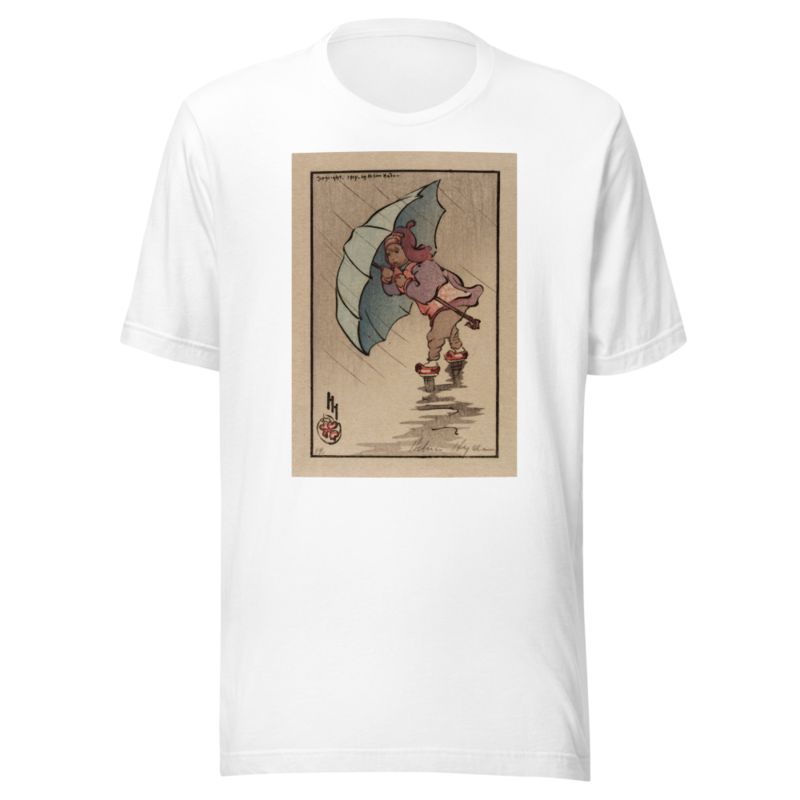
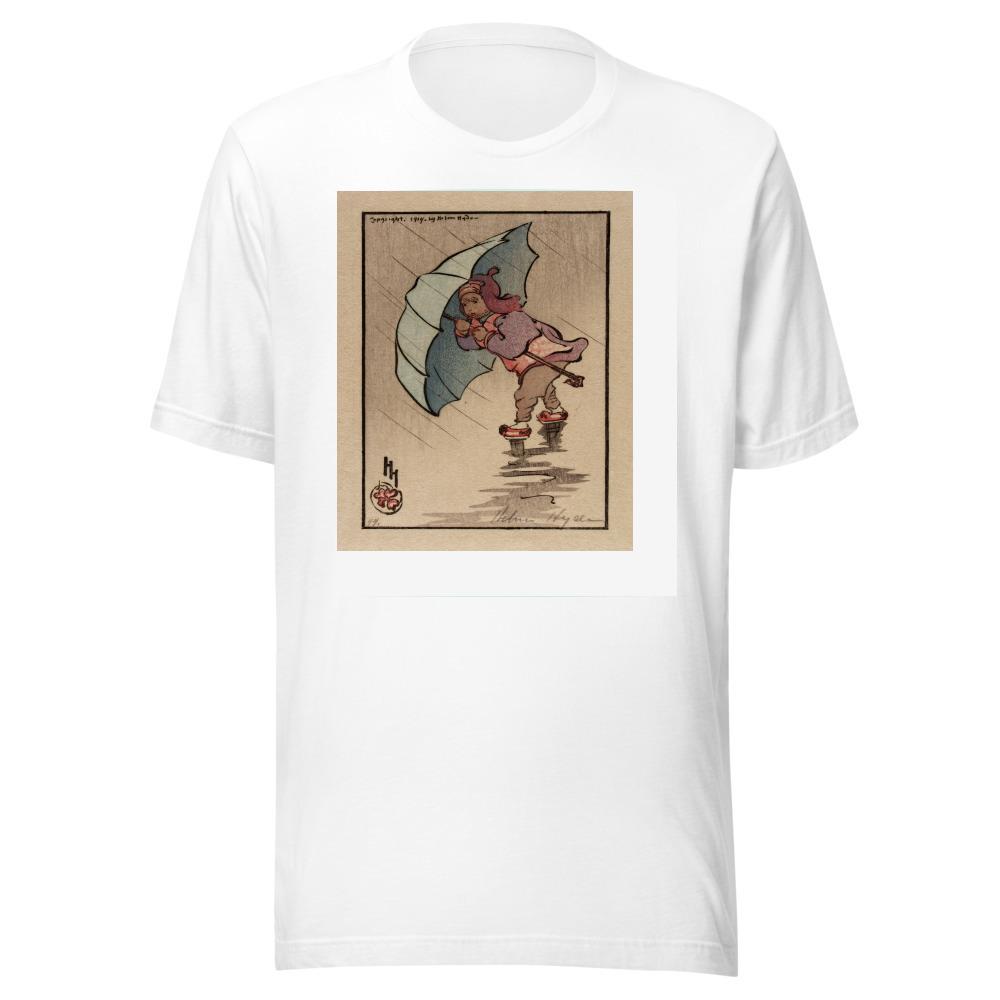
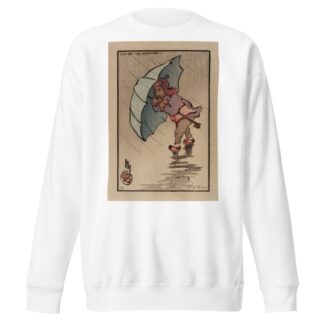
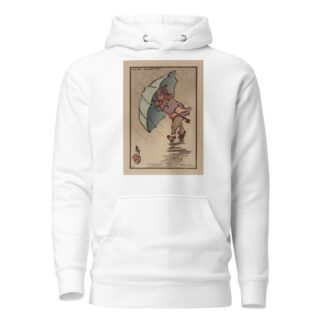
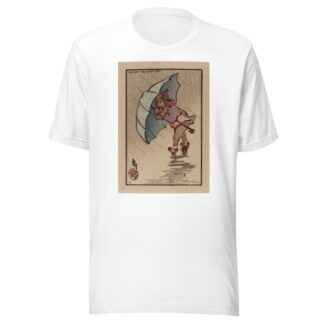
Reviews
There are no reviews yet.